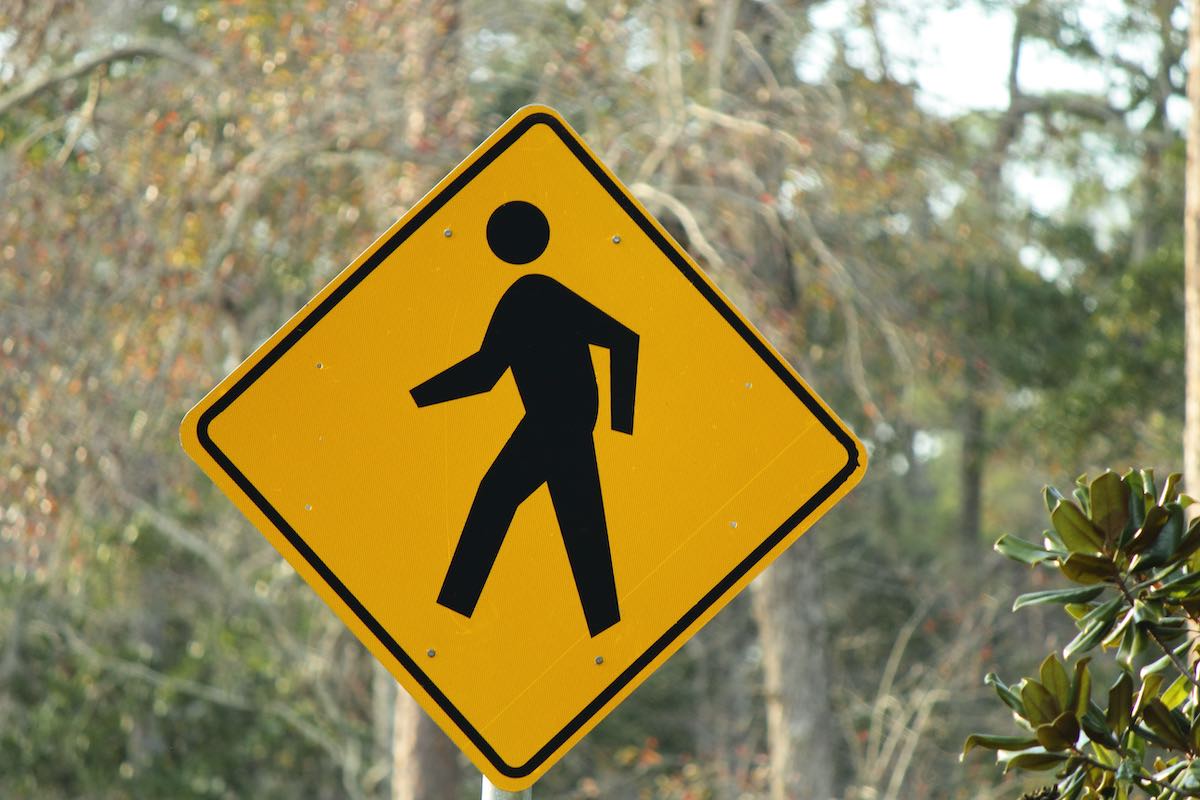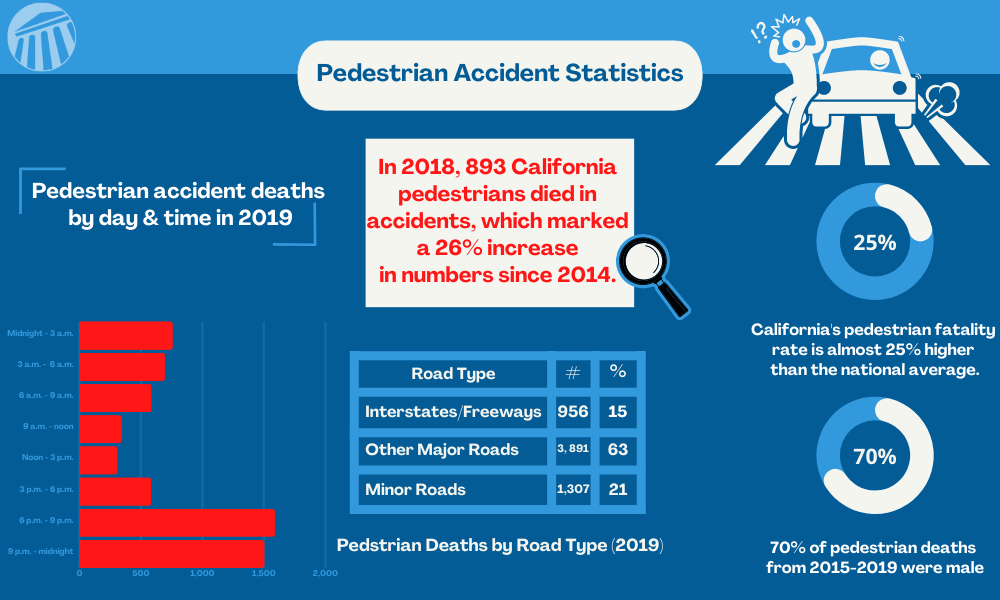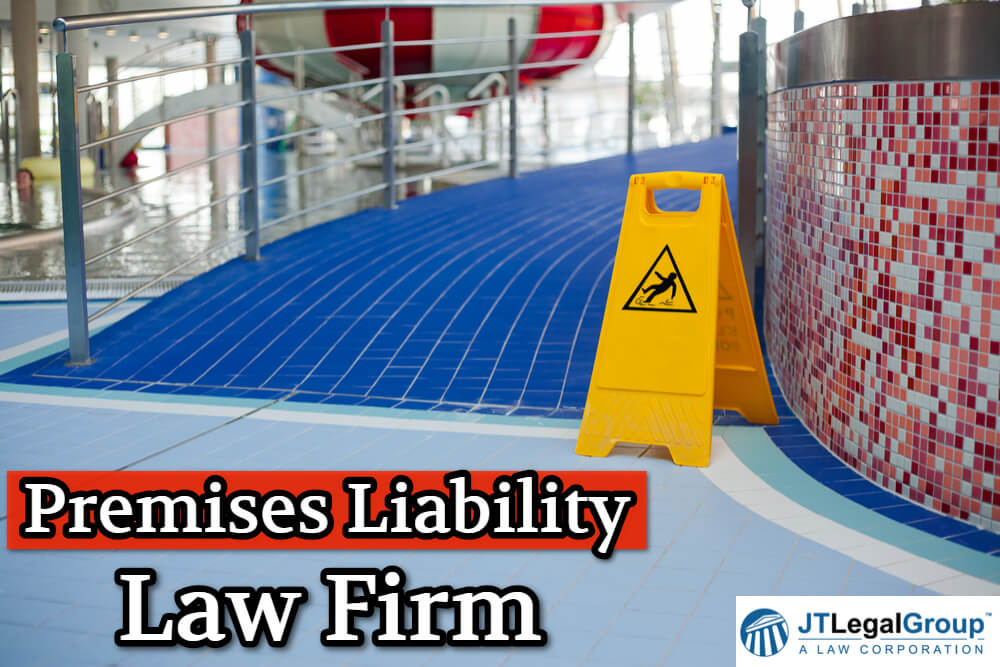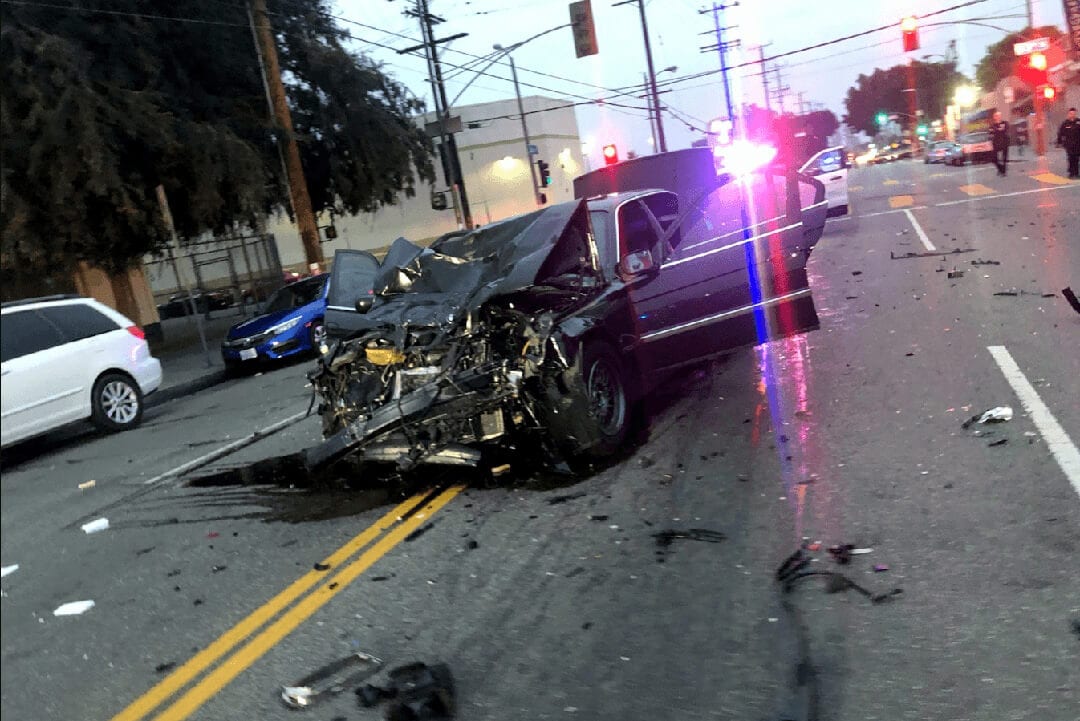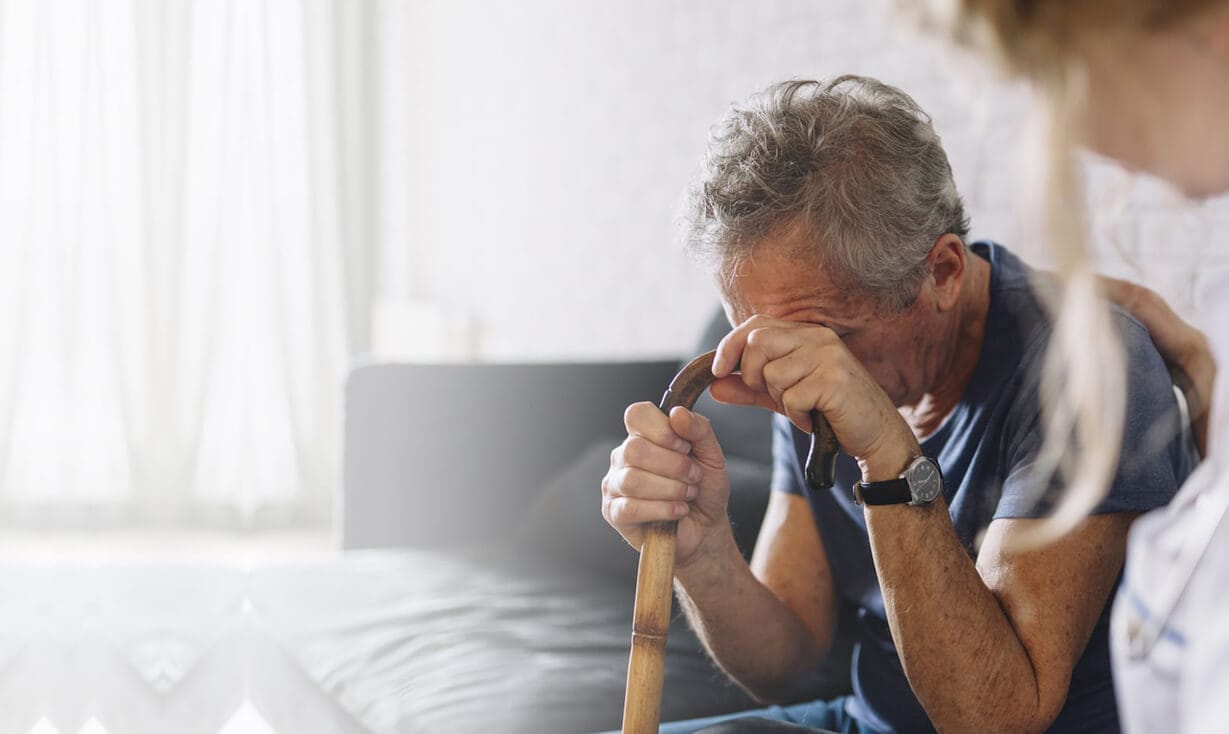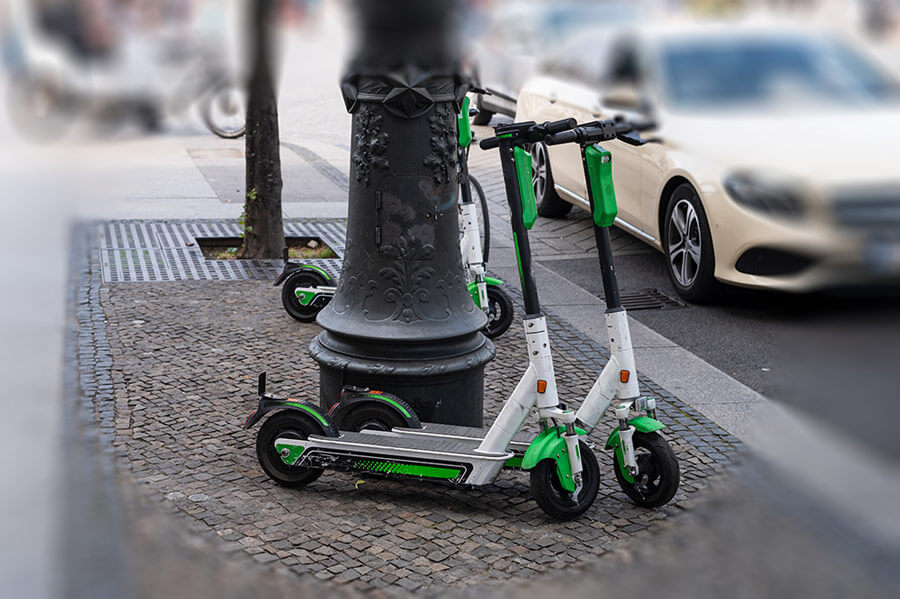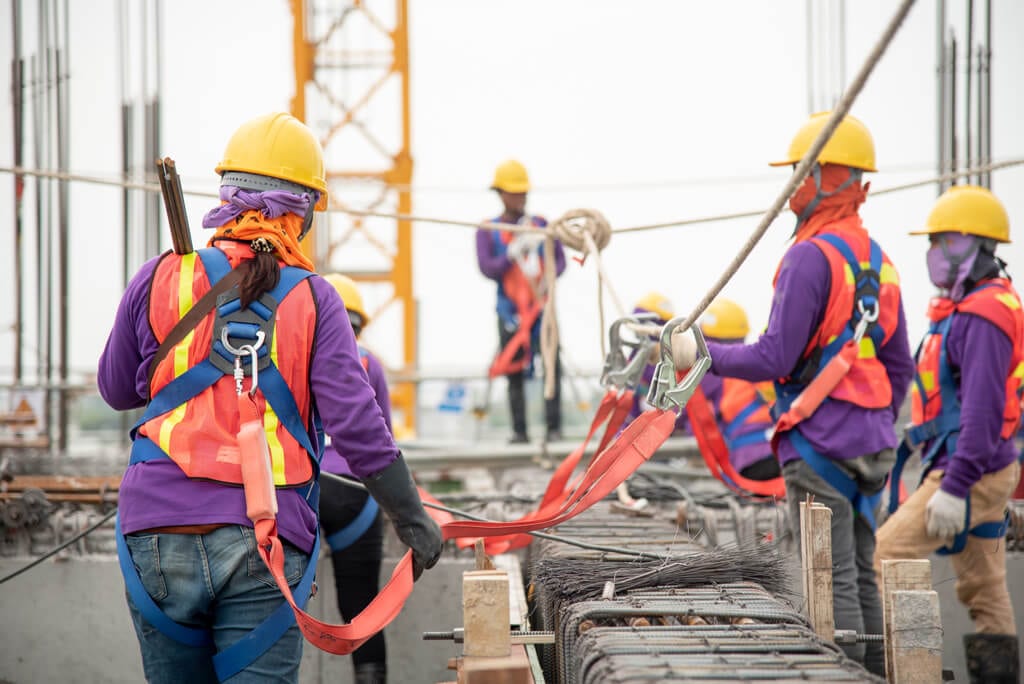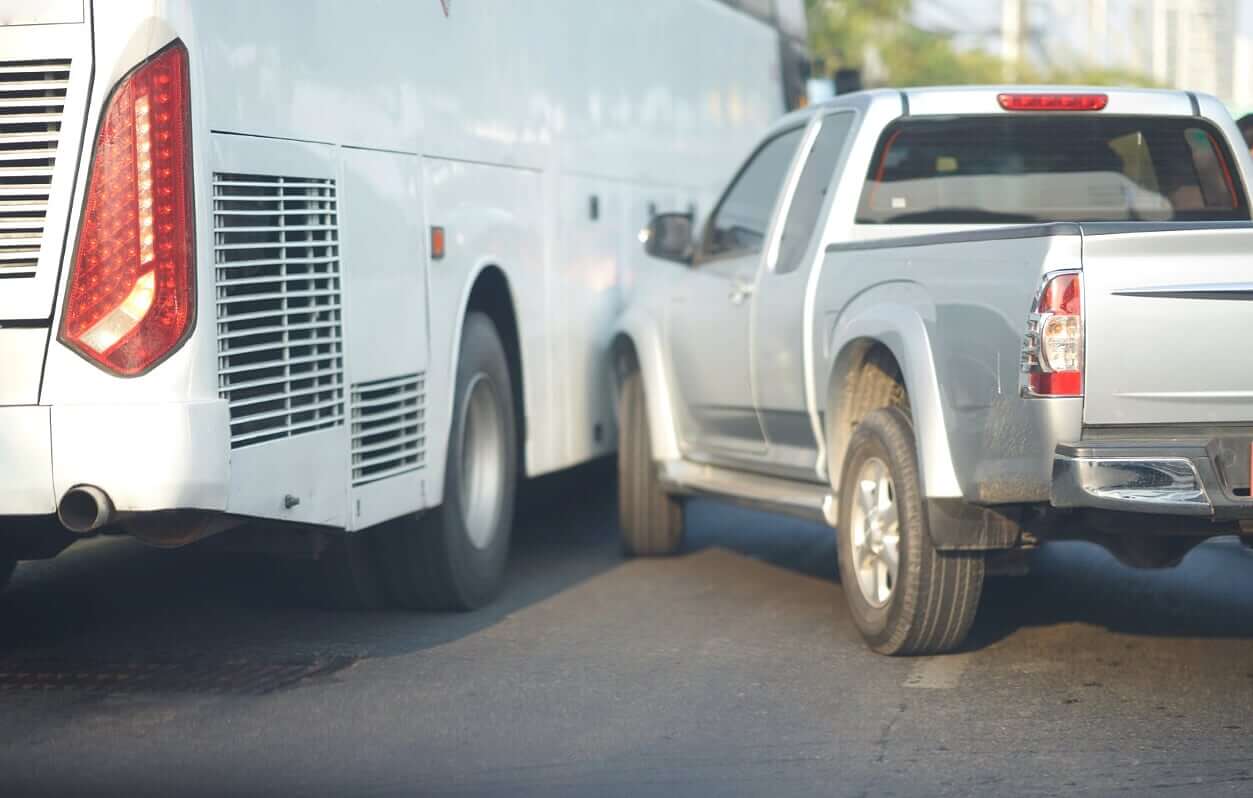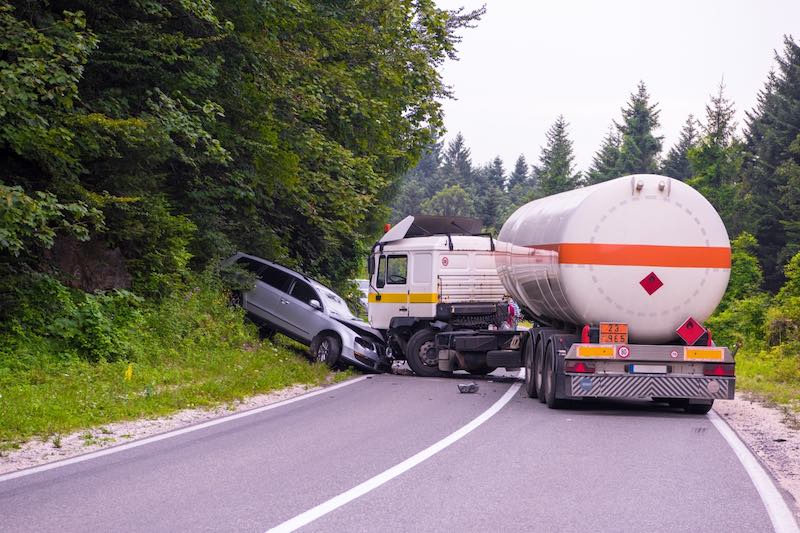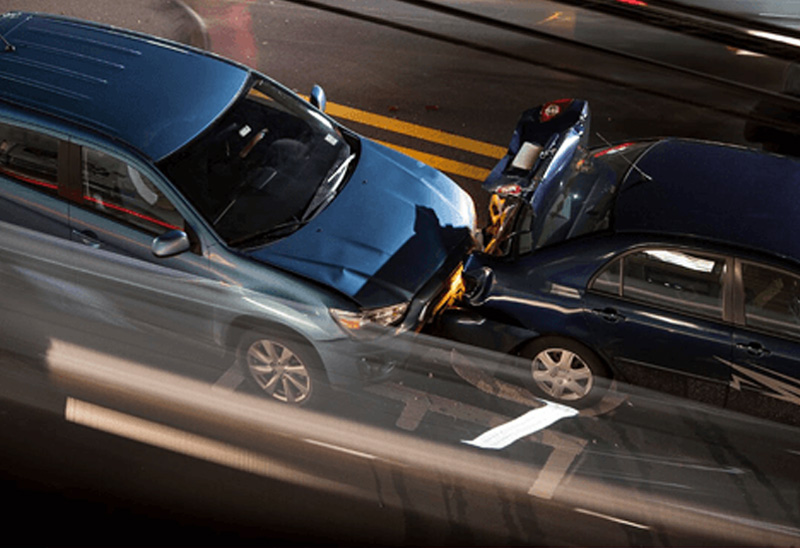Were you injured in an accident as a pedestrian? If you were walking or running on a public roadway and were hit, you may be entitled to compensation for your injuries. Unfortunately, pedestrian accidents happen too often in California. Victims are often left with severe physical and psychological injuries. It is important to understand what to do if you were hit and what to expect.
Recent California Pedestrian Accident Statistics
According to the California Office of Traffic Safety, the rate of fatalities for pedestrian accidents in California is 25% higher than the national average. No other state in the country has more pedestrian deaths than California. In 2018, 893 California pedestrians died in accidents, which marked a 26% increase in numbers since 2014. In addition to those fatalities, at least 14,000 pedestrians were injured in accidents in California.
Since 2018, the statistics have become even more troubling. Despite there being fewer cars on the road in 2020, pedestrian deaths surged in California and throughout the country. California and six other states comprised more than 54% of all pedestrian fatalities. Between January and June of 2020, 485 pedestrians were killed in California. A California study also showed that fatal pedestrian accidents were more common in poorer neighborhoods. However, they also happen in affluent areas.
What To Do After a Pedestrian Accident
If you are involved in an accident, or if you witness an accident involving a pedestrian, it is important to know the correct steps to take. These are the steps to follow after an accident:
- Call 911 for police assistance and emergency medical attention.
- If you are able to do so safely, take photos of the accident scene with your smartphone.
- Ask for the names and contact information of any witnesses.
- Document your injuries and the details of the accident as soon after as possible.
- Do not discuss fault at the scene of the accident, and do not admit any fault or apologize.
- Contact an attorney as soon as possible after you seek medical help.
If you must talk to anyone at the scene, simply ask what they saw or for their contact information. Discussing anything that may hint at fault can be detrimental to a case. Filing a police report is important since it documents the incident. Also, seeking medical help is critical since some injuries may not show symptoms until days or weeks after the accident. When you must file a lawsuit, it can help to show that you sought immediate medical care for your injuries. Some people skip a trip to the hospital since they worry about being unable to pay. The hospital must still assess you, even if you cannot pay upfront.
Common Causes of California Pedestrian Accidents
Negligence is the leading cause of pedestrian accidents in California, and it may be negligence from a driver, the pedestrian or both. When drivers are at fault, there are several potential causes. These are some of the contributing factors in California pedestrian accidents:
- Drivers consuming drugs or alcohol before driving.
- People driving or turning too fast in intersections.
- Drivers being distracted by phones, eating or other things while driving.
- Road crossings that are unsafe because of outdated infrastructure.
Drivers can help protect pedestrians by observing the speed limit, paying attention while approaching intersections and avoiding distractions while they are behind the wheel. Many accidents are caused by people texting or doing something else on a smartphone while they are driving or turning. Also, more accidents today involve larger trucks or SUVs, which often lead to more serious injuries or fatalities when they hit pedestrians. Any bicycle, car or truck that is speeding when it hits a pedestrian usually causes more severe injuries.
When Is a Driver Liable?
In more than half of California cases, drivers are to blame for pedestrian accidents. Drivers must follow the laws that are outlined to protect pedestrians. These are some of the examples:
- Motorists may not drive on sidewalks unless it is necessary to cross the intersection.
- Although pedestrians must follow safety rules, motorists should yield to them when they are not following rules correctly.
- Drivers must yield to blind people in crosswalks who have a cane extended, and they may proceed if the individual pulls the cane backward.
- Motorists should be ready to stop at all times at an intersection.
- To allow safe crossing for pedestrians, drivers should stop 5 feet before the crosswalk.
- Drivers must always yield to pedestrians in a marked or an unmarked crosswalk at an intersection.
When Are You Considered Liable as a Pedestrian?
There is a common misconception that pedestrians always have the right of way. In many cases, they do have the right of way. California’s laws are designed to protect pedestrians if they follow them correctly. However, assuming that a pedestrian always has the right of way to do anything can be a dangerous mistake. According to California Vehicle Code 29150, drivers must yield to pedestrians who are crossing a road within a marked or an unmarked crosswalk at an intersection.
Although the law states that pedestrians are protected within an intersection, it is still important to keep in mind that drivers are expected to yield to them in a reasonable manner, even when the pedestrians are not following the law. For example, if a driver sees a pedestrian walking without a crosswalk light and can slow down, the driver should do so and must not intentionally hit the pedestrian simply because that person is not following the law. Another rule to remember about California’s laws is that drivers should observe a reasonable speed, which may be lower than the posted speed. A reasonable speed is one that factors in current conditions, such as the presence of bicyclists, pedestrians, rain or heavy traffic. For example, if the posted speed is 40, and there is a marathon event that day with a lot of pedestrians running along a road, the driver should slow down on that road.
If a pedestrian is crossing the street at the corner where two streets meet, drivers should yield to the person. However, the pedestrian must wait for a walk sign to enter if there is a traffic signal that has one. If there is no signal in the intersection, such as at a four-way stop with only signs, the pedestrian still has the right to cross at the intersection. Alternately, if the pedestrian decides to cross the street halfway down the block, that is not an intersection. If the walking person enters the street wearing dark clothes when it is dark outside and is hit when the speed limit is 40 mph, and the car that hits the individual is going 30 mph, the driver may not be liable. Another car may rear-end the driver who suddenly brakes as the pedestrian tries to cross, and the pedestrian might be considered liable or partially liable for causing the accident. The driver may not see the person walking in time to fully stop in that case.
Safety Tips for Pedestrians
Overall, one of the most important tips to remember is to act based on always assuming the worst. For example, if you are preparing to cross an intersection where the walk sign is on, look to your left or right to see if any cars are about to turn through the crosswalk. Try to make eye contact with the driver to ensure that the person is paying attention. If the person seems distracted and might turn, it is better to simply wait. These are some additional safety tips to remember:
- If you are at a four-way stop or an intersection without a traffic signal, make sure that drivers see you before you attempt to cross.
- When you approach an intersection that does not have a marked crosswalk, use extra caution.
- Avoid dangerous actions, such as jaywalking or walking in the street.
- Make yourself more visible by wearing reflective gear at night and wearing brighter colors during the day.
- Avoid using your phone or other devices while you are walking to always allow yourself to pay attention.
- Always look both ways twice before you attempt to enter a marked or an unmarked crosswalk.
Filing a Pedestrian Accident Lawsuit in California
If you believe that the person who hit you is fully or partially at fault, you may be able to file a California personal injury claim. However, you will need an attorney to help you. The process is complex and involves many steps. It starts with consulting an attorney to verify that you have a case. A California personal injury attorney can collect information about the accident and review it to see if you have legal recourse. If you do, the attorney may send a letter of demand to the responsible party or insurer.
A claim is the next step if the party refuses to pay, and the responsible party must then respond. Court proceedings continue with discovery, which allows both parties to review evidence and exhibits of the case. Negotiations for a settlement follow that step. If a reasonable settlement is not reached, the case may go to trial. At that point, a jury or a judge will determine if you should receive a settlement and how much it should be. Personal injury cases often take a year or several years to complete from the time of filing a claim until the settlement or award is issued.
What Type of Claim Can I File After a Pedestrian Accident?
Depending on the severity of the accident, the victim of a pedestrian accident or the victim’s family may file a variety of claims. The incident may fall under traumatic brain injury (TBI), wrongful death, or catastrophic injury.
TBI are damages an individual suffers that can last long-term and they oftentimes negatively impact family and loved ones. Brain injury victims experience life-altering changes that may be difficult to adapt to. In addition to their physical and financial losses, brain injuries can take a huge toll on one’s mental.
In the event of a death, family members may also be entitled to compensation by filing a wrongful death claim. In order for a claim to be considered a wrongful death, the death has to be the result of someone else’s negligence. If the driver was at fault due to their reckless driving, families may sue the driver for causing pain and suffering.
Catastrophic injuries can impact an individual in such a way that they are not physically able to return to normal everyday activities. This can result in the loss of income which can leave many emotional and financial burdens. Pedestrian accidents often lead to serious injuries, consult with a personal injury attorney today to discuss your options.
Why You Need a California Personal Injury Attorney
It is important to remember that California has a statute of limitations for personal injury claims, which is 24 months from the date of the injury. Therefore, it is important to contact a California personal injury attorney as quickly as possible after the accident. The longer you wait to file your claim, the more an insurance company can use it against you. Your attorney helps you through each step of filing a pedestrian accident lawsuit. Also, the attorney handles all correspondence, research, and document preparation to give you more time to focus on taking care of yourself and trying to cope with the effects of your injuries. Hiring an experienced attorney will help provide you with guidance throughout the lengthy legal process, which can often be intimidating for those who aren’t familiar.
Compensation also depends on the severity and permanency of injuries, as well as other factors. Since insurance companies do not offer adequate compensation directly to injured pedestrians, it is important to work with an attorney to try to receive more money to cover all the short-term and long-term expenses related to your injuries.
Oftentimes, insurance companies will attempt to offer you an early settlement offer which is usually less than you deserve. Their goal in any claim is to try and give you the least amount possible. If you settle early on, an injury may show up later and your medical treatment will not be covered. Be sure to wait after your injuries have fully manifested themselves. Insurance companies are well-experienced when it comes to accidents and the law, which is why you should always seek legal assistance immediately after an accident.
To learn more about filing a California personal injury claim after a pedestrian accident, please contact us today.

